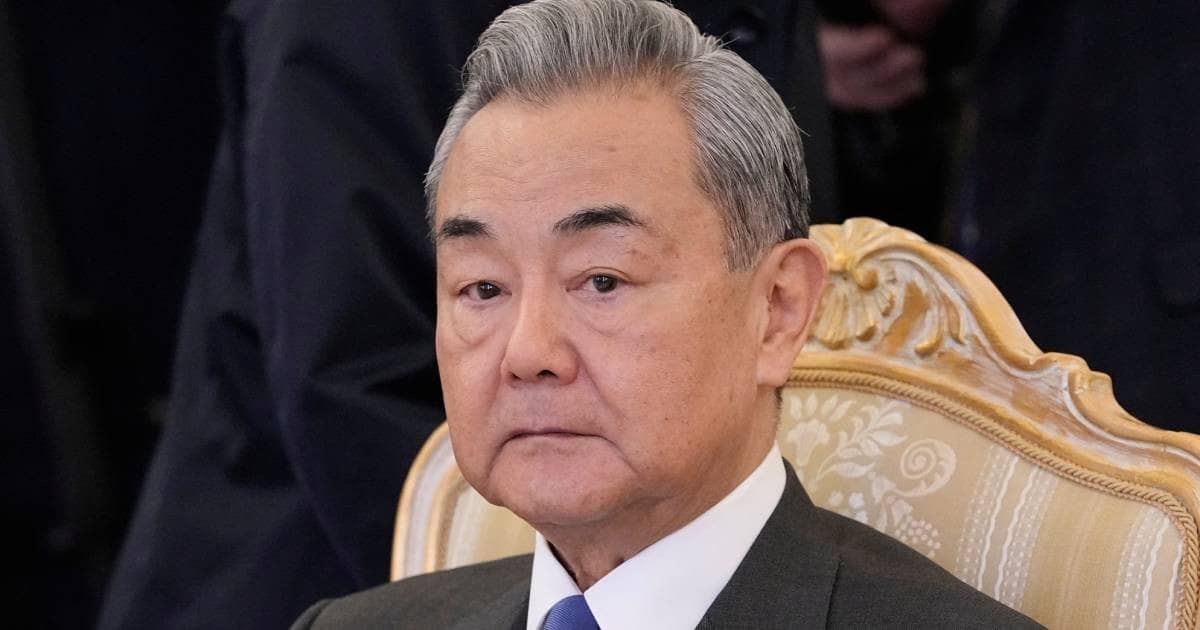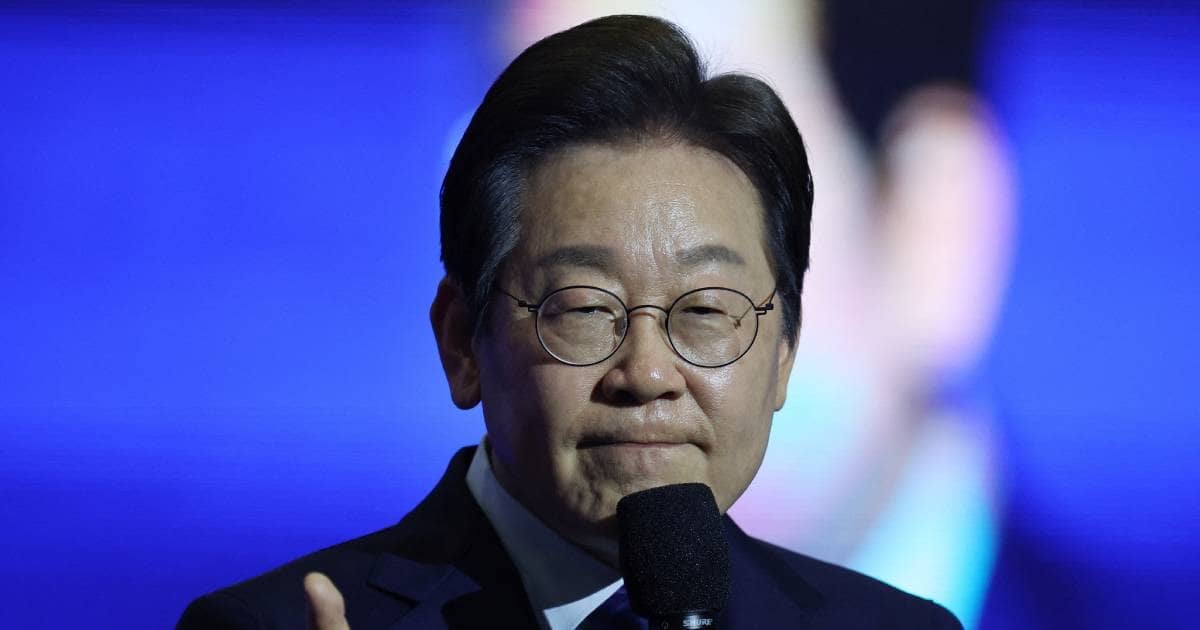The recent move where China sends team to Myanmar to monitor a fragile ceasefire signals a powerful step in Beijing’s growing role in regional stability. With Myanmar’s internal conflict escalating over the last few years, the situation has caught the eyes of many international players. But it is China’s latest action that has drawn the spotlight.
As the nation bordering Myanmar, China has always had a strong interest in peace and order within the region. When China sends team to Myanmar, it is not just about diplomacy or public relations. It is a calculated move that reflects both concern and influence. In this blog, we explore what this mission means for Myanmar, China, and the rest of Southeast Asia. BestPrimeNews
Why China Sends Team to Myanmar at This Moment
The situation in Myanmar has been unstable since the military takeover in early 2021. Since then, violence has surged. Rebel groups, political activists, and military forces have been locked in deadly conflict. Thousands of civilians have been displaced, infrastructure has been damaged, and the economy continues to suffer.
For China, these events are more than just political developments. The shared border between China and Myanmar stretches for over two thousand kilometers. Instability on one side directly affects the other. Refugee movements, trade disruptions, and security threats are very real.
That is why China sends team to Myanmar now. It is a move that seeks to ensure peace returns to a country whose turmoil has global consequences. The ceasefire that was recently negotiated between Myanmar’s military and some ethnic armed groups is delicate. China’s decision to monitor it directly adds weight to its enforcement.
China’s Long-Term Interest in Myanmar
When China sends team to Myanmar, it also reminds the world of its long-standing relationship with the country. For decades, China and Myanmar have maintained close ties through infrastructure projects, trade agreements, and diplomatic support.
Myanmar is also a key part of China’s Belt and Road Initiative. Major projects such as oil and gas pipelines and transportation corridors pass through Myanmar. Peace in the region is vital to keeping those projects alive.
China does not want its investments endangered by civil war. When China sends team to Myanmar, it reinforces its desire to keep the region stable and functioning. China prefers a peaceful neighbor to a war-torn one. That stability also helps China gain more political and economic influence.
The Details of the Monitoring Mission
The team that China has sent is composed of diplomats, security experts, and political advisors. Their mission is to work with both the military government and armed ethnic groups to observe the ceasefire’s progress. They are not there to interfere but to help ensure that agreements are respected.
This move comes after several rounds of backchannel diplomacy. China had quietly worked behind the scenes to bring conflicting parties to the table. Now that a basic agreement has been reached, the next logical step is monitoring its implementation.
When China sends team to Myanmar, the goal is to build trust. It tells the warring sides that someone is watching. It tells the international community that China is willing to take responsibility. And it shows the people of Myanmar that peace is still possible.
Regional and Global Reactions
So far, the international response has been mixed. Some countries have welcomed China’s involvement. They see it as a positive sign that a powerful neighbor is stepping in to help. Others remain skeptical. They fear that China’s role may be more about control than peacekeeping.
Still, when China sends team to Myanmar, it does what few other nations have managed to do. It puts boots on the ground in a complex crisis that many shy away from. The United Nations and Western countries have limited access. Sanctions and political stances have made it harder for them to engage directly. China fills that vacuum.
Neighboring countries like Thailand and India are watching closely. They understand that if the ceasefire collapses, it may affect them too. They hope that China’s presence will bring at least a temporary pause to the violence.
The Challenge of Monitoring a Fragile Ceasefire
Ceasefires are difficult to maintain. Especially in a country like Myanmar where dozens of armed groups operate with different agendas. The ceasefire in question is not national but regional. It involves a few key groups and does not cover the entire country.
That makes China’s role both important and risky. When China sends team to Myanmar, it must balance diplomacy with real-time reporting. It has to avoid taking sides while also encouraging compliance. That is no easy task.
The Chinese team will face multiple challenges on the ground. Logistics, communication, and local mistrust could all affect their ability to monitor the ceasefire. But even a limited presence can help lower tensions. By simply being there, China becomes a deterrent to renewed fighting.
What This Means for China’s Foreign Policy

When China sends team to Myanmar, it is not just a one-off action. It fits into a larger pattern in Chinese foreign policy. China has been expanding its influence across Asia and Africa through infrastructure, trade, and soft power.
Now it is adding peacekeeping to its list. In the past, China has largely avoided getting too involved in the internal affairs of other countries. But Myanmar is different. It is close, it is strategic, and it is unstable.
This monitoring mission may be the start of a new chapter. China may begin to take a more active role in managing conflicts where its interests are at stake. When China sends team to Myanmar, it is testing that new strategy in real-time.
The Human Side of the Crisis
While politics dominate the headlines, the real story is about people. Millions of Myanmar citizens have suffered through years of unrest. Families have been broken. Schools and hospitals have been destroyed. The economy has collapsed in many regions.
When China sends team to Myanmar, it indirectly gives hope to those affected. A monitored ceasefire means fewer gunshots. It means children can go back to school. It means aid workers can reach remote villages.
For the common people, peace is not about politics. It is about safety and survival. The presence of international monitors can help keep armed groups in check. It can prevent unnecessary escalations. It can buy time for real negotiations.
What Happens Next
The monitoring mission has just begun. Its success will depend on several factors. First, all parties must respect the ceasefire. Second, the Chinese team must be allowed to do its job freely. Third, there must be follow-up actions.
If the ceasefire holds, there is a chance for broader peace talks. China could even host negotiations between different groups. When China sends team to Myanmar, it opens the door to bigger solutions.
But if the ceasefire fails, the consequences could be serious. Violence may return even stronger. China’s credibility may suffer. And regional tensions may increase.
International Responsibility
Many are now wondering why other global powers have not taken similar steps. The United States, Europe, and even regional bodies like ASEAN have struggled to address Myanmar’s crisis effectively.
When China sends team to Myanmar, it shows a willingness to act while others hesitate. This could set a new standard. It may encourage other nations to engage more constructively.
Peacekeeping and monitoring are not easy. They require commitment and resources. But if peace is the goal, actions like these are necessary.
Lessons for the Future
The situation in Myanmar is far from over. But each step toward peace matters. When China sends team to Myanmar, it takes on both risk and responsibility. That is how real leadership looks in complex conflicts.
Whether this mission succeeds or not, it will be studied for years. It may shape how China engages with other crises. It may change how ceasefires are monitored in the region.
Most importantly, it may give the people of Myanmar a reason to believe that peace is still possible.
Conclusion
In an era where global powers often talk more than act, the decision where China sends team to Myanmar stands out. It reflects a shift in strategy. It shows that China is ready to take a more active role in ensuring peace and stability in its neighborhood.
The road ahead is uncertain. But this monitoring mission is a clear signal that the world is still paying attention. That peace is still a goal worth fighting for. And that diplomacy backed by action is the key to solving even the most complex conflicts.
As the situation develops, the hope is that China’s presence can help keep the ceasefire alive. That it can open the door for further negotiations. And that eventually, Myanmar can find its way back to peace.
When China sends team to Myanmar, it does more than monitor. It becomes part of the story. A story where peace is possible. A story where every small step counts. BestPrimeNews



